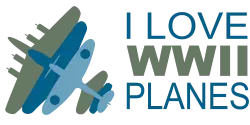What Were the Black and White Stripes Painted on Aircraft During D-Day?
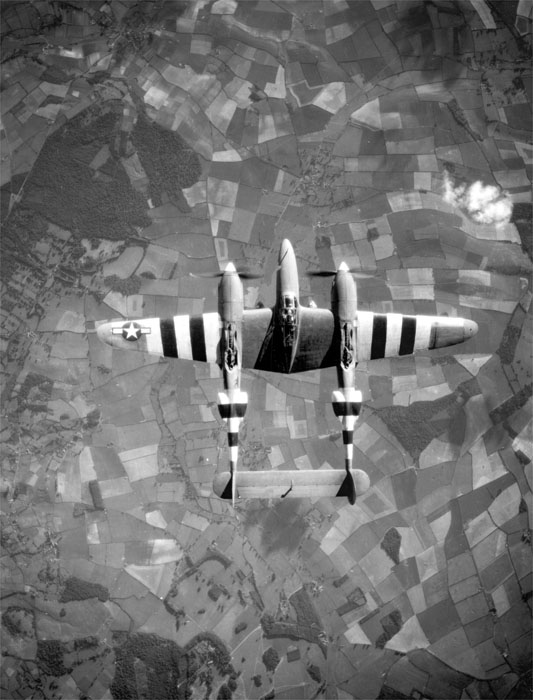
The chaos of combat can sometimes be used to your advantage, or be the source of great difficulty on the battlefield. It can lead to miscommunication, poor decision making and confusion. One such confusion that often occurs in combat, is correctly identifying the enemy and their equipment. From 800 meters away, a camouflaged tank doesn’t have many discernible features to help with identification. Likewise, troops moving in the distance are hard to distinguish as either your own, or the enemy’s.
Aircraft in particular are commonly incorrectly identified, as they travel at high speeds, often far away, making it difficult to make out the outline of the aircraft in question. This problem was encountered during WW2 where there were many cases of friendly fire from other air units or anti aircraft fire from the ground.
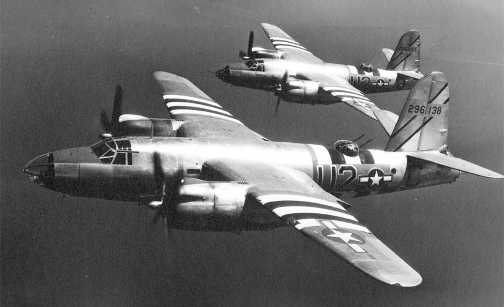
During the planning for Operation Overlord, the invasion of Normandy, it was realised that the thousands of Allied aircraft involved in the invasion would render their identification system useless.
To solve this potentially dangerous issue, all Allied fighters, reconnaissance, troop transports, gliders and twin engine bombers had large black and white stripes painted on their fuselage and wings. The idea had been approved by Chief Marshall Sir Trafford Leigh-Mallory, commander of the Allied Expeditionary Air Force, on 17th May 1944. Even aircraft in secondary roles like air-sea rescue required the stripes, as they may operate over Allied air defences.

A small test was done on June 1, 1944, when planes were flown over the Allied invasion fleet. Despite this, the orders to begin painting aircraft didn’t arrive to units until the 3rd and 4th of June, to maintain the strictest secrecy.
Four engine bombers didn’t need the stripes, as no German bombers used 4 engines, accept the relatively rare Fw 200 Condor, so there was little chance of confusion.
The stripes were applied in particular areas, but the method of application varied between units. Modern depictions of the stripes in films, games, artwork and models often display the stripes as precisely painted, however this was usually not the case. Paint was added with brushes, rollers, brooms or any tools available. Up close, the quality of the stripes were usually rather poor.
One month after D-Day, the stripes were removed from the top surfaces of aircraft to reduce visibility on the ground. Once the Allies achieved complete air supremacy by the end of 1944, the stripes were removed entirely.
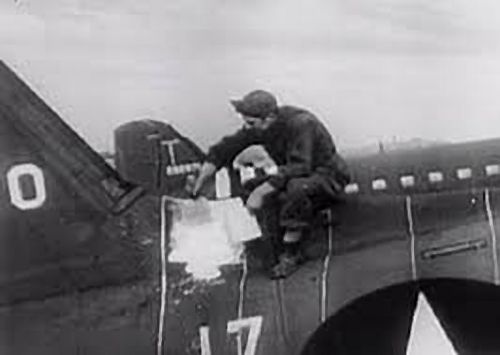
This wasn’t the first or only time stripes had been used to aid with identifying friendly equipment. The British Hawker Typhoon had similar black and white stripes applied on the underside of its wings in 1942, as the Typhoon was regularly being mistaken for the Focke-Wulf Fw 190. The Germans used red stripes on the underside of Fw 190s in Jagdverband 44, an all jet squadron. These brightly coloured aircraft were only used to protect jets taking off and landing, meaning they were constantly near their friendly anti aircraft guns, and any miss-identification could be disastrous.
Soviet tanks also used bright markings during the Battle of Berlin in 1945, to prevent friendly fire from aircraft above.

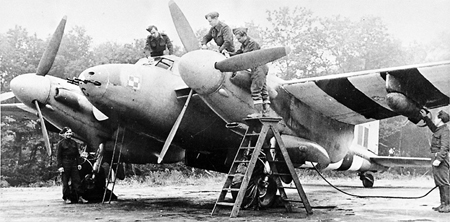

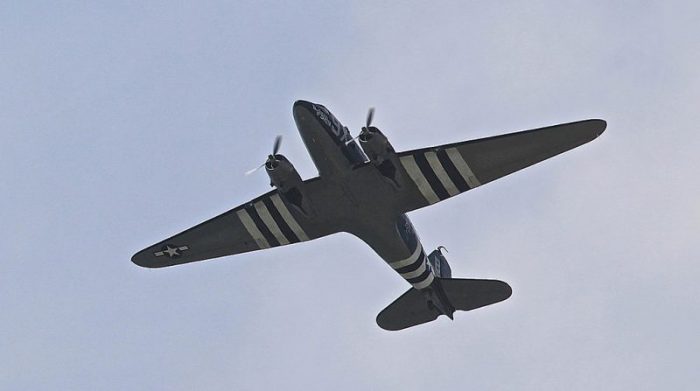






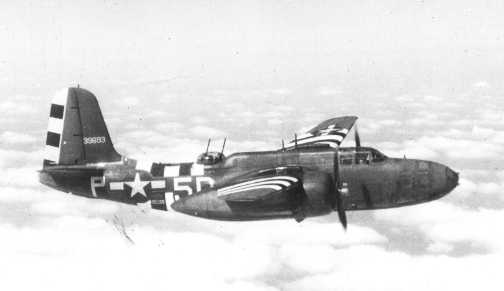


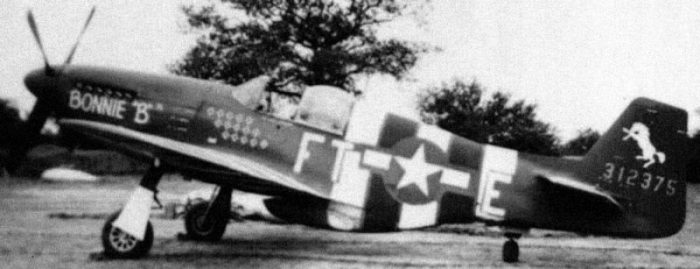
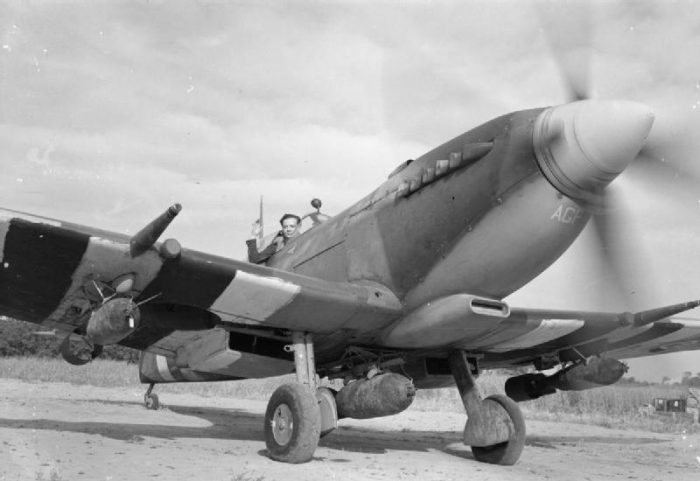
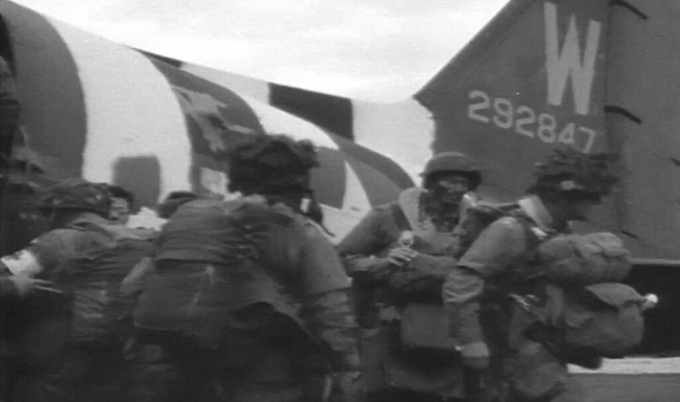

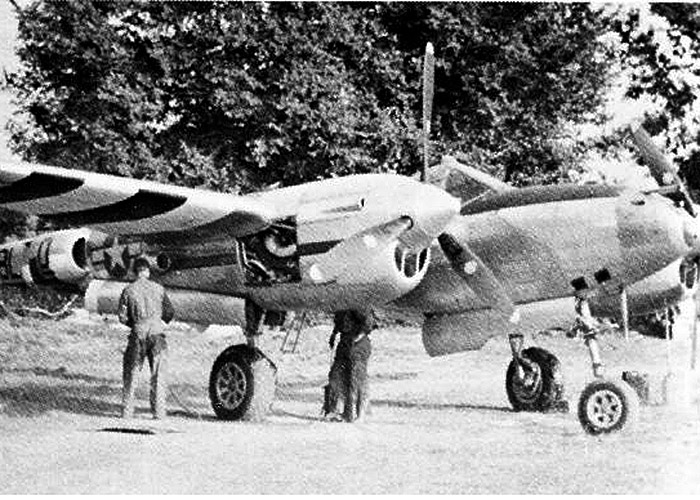
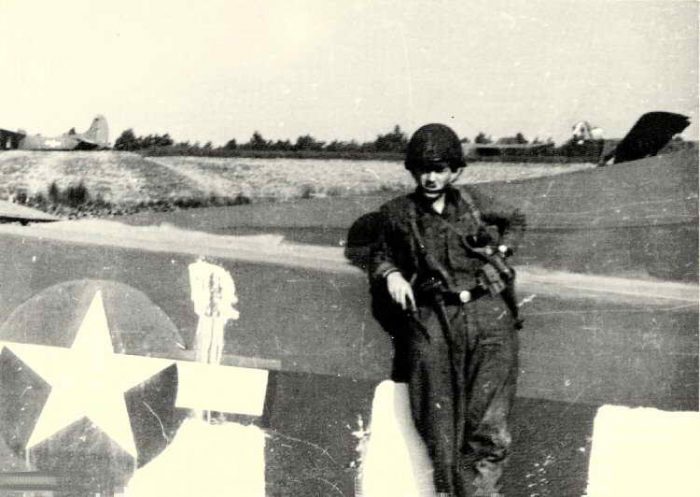
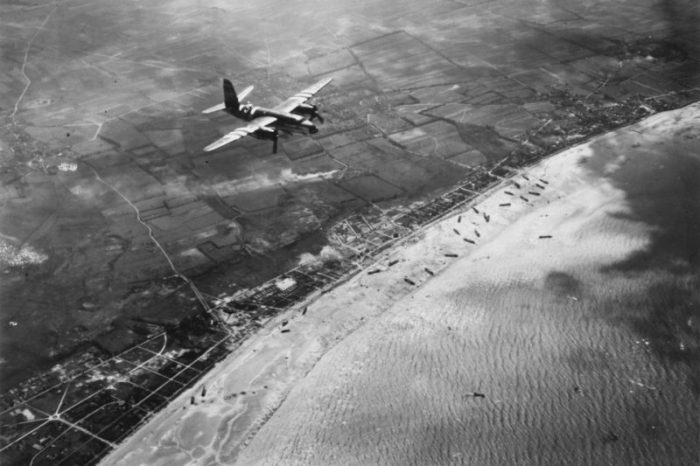

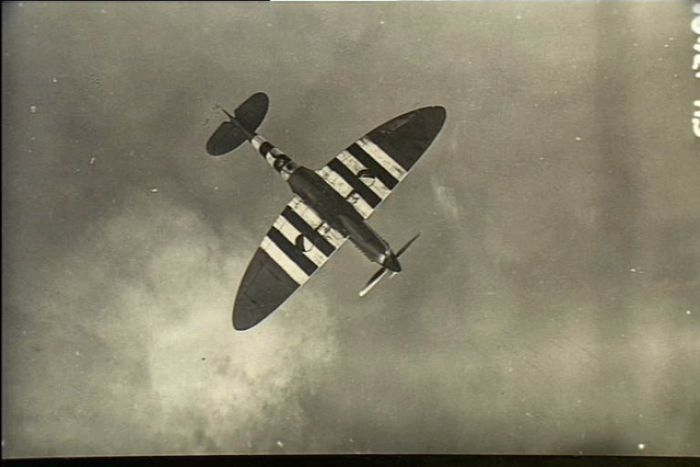
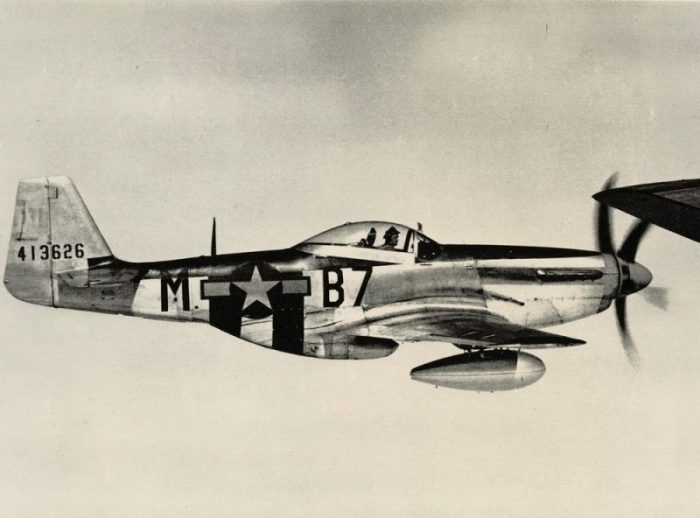
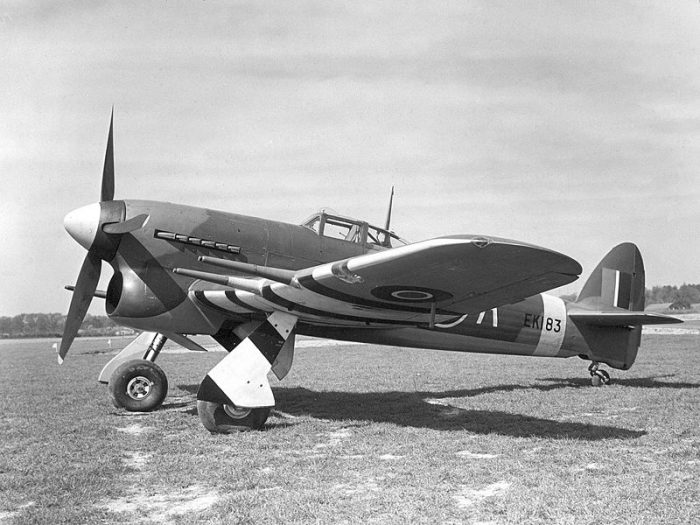
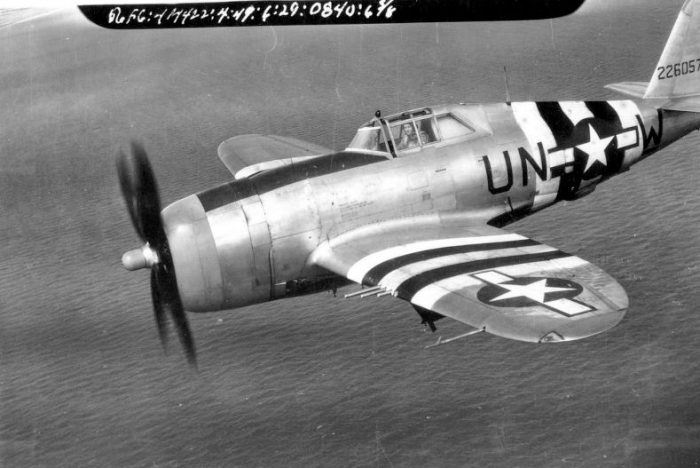
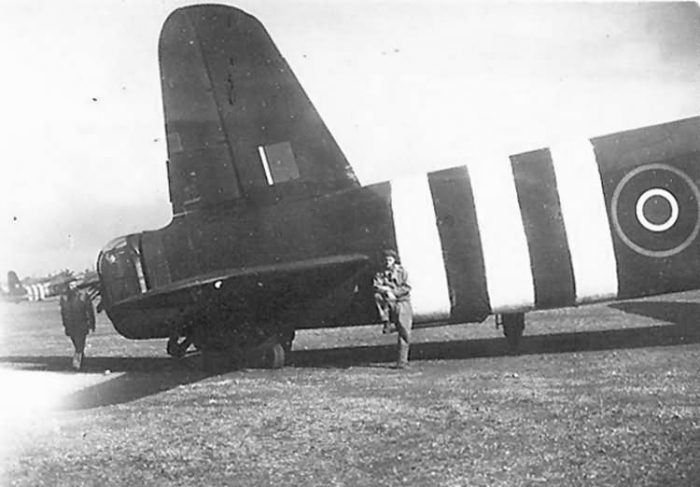
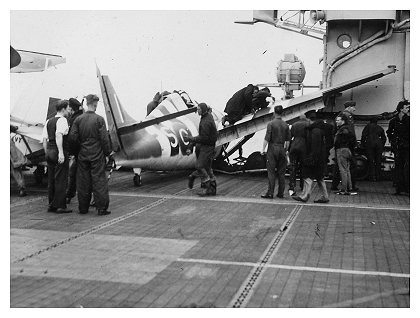

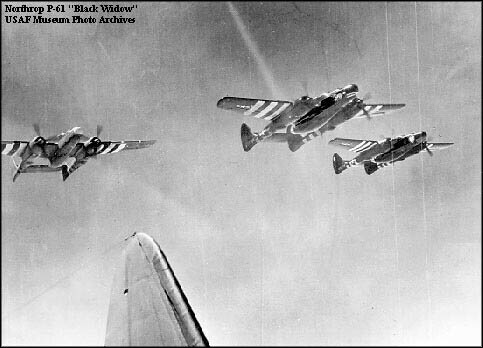
Another Article From Us: The Awesome P-51 Mustang in 16 Photos

